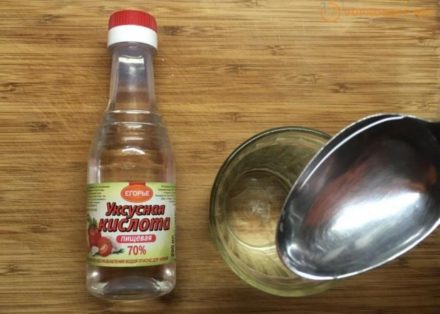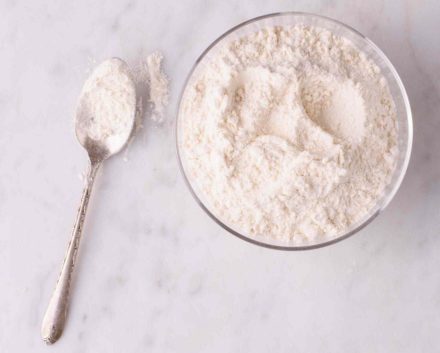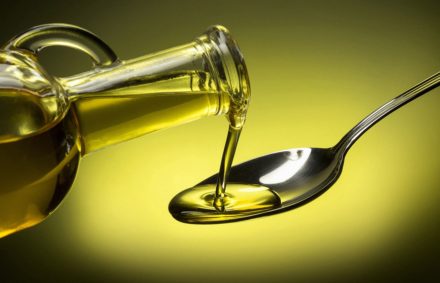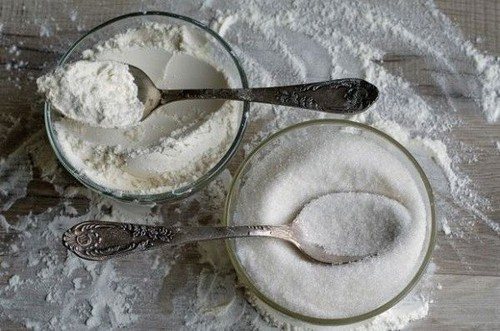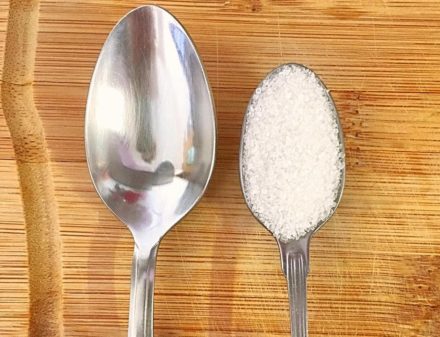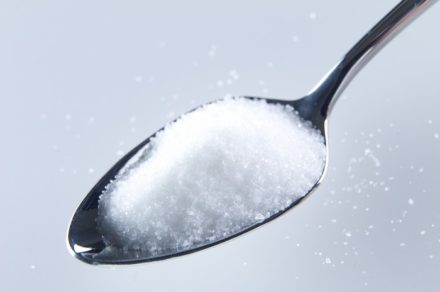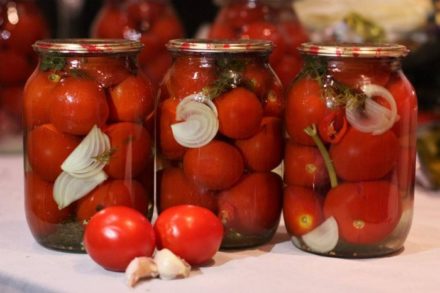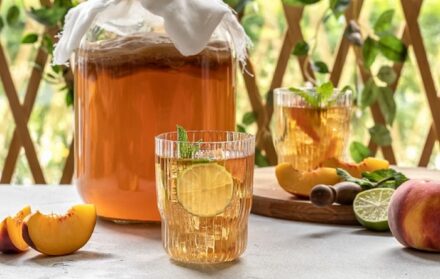Flour is a universal product that thousands of people use every day. It often happens that an ingredient needs to be used urgently, but either there are no scales or they are not working. Usually people use cutlery as a replacement for this type of equipment. However, you can use another object - a glass. We will tell you how many grams of flour are in a glass of 200 and 250 milliliters, and also, for your convenience, we will provide tables of quick measures of flour in glasses.
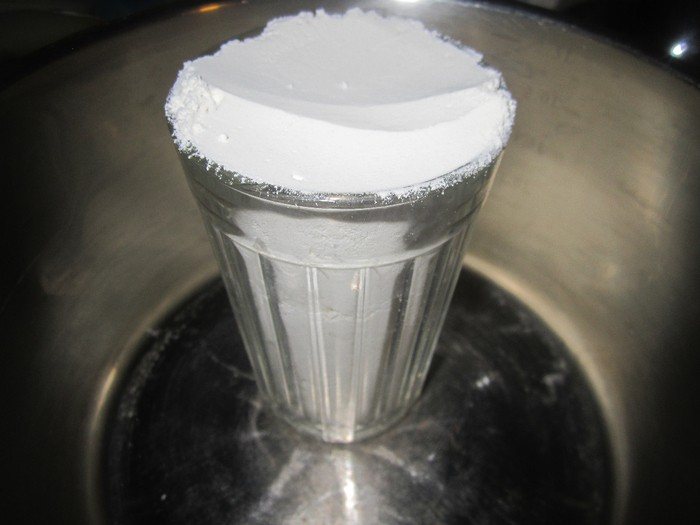
- How much flour is in a glass
- 200 ml
- 250 ml
- Pivot table
- Table of quick measures of flour in glasses by grams
- Table of quick measures of flour by number of glasses
- How many grams of flour per part of a glass?
- How many spoons are in a glass of flour
- Weight difference in one glass depending on the type of flour
How much flour is in a glass
Faceted glasses have been used as a measure of weight for a very long time. Even now, in ready-made recipes, ingredients are often measured.
Traditionally, this container was used in a volume of 200 or 250 ml. However, they are now produced in completely different shapes and sizes. Therefore, the main units of the measuring cup will be taken as 200 ml and 250 ml.
200 ml
This volume allows you to accommodate 130 grams of flour without a slide. (Hereinafter, keep in mind that the ingredient is poured to the edges, and not to the rim). It is important to note that we are talking about wholemeal flour in an uncompacted form. This is because the size of these three options is significantly different.In the second case, only 100-110 grams of flour will come out, and in the third - all 180, which is about one and a half times more than the original version.
250 ml
250 ml glasses are much more common. Perhaps because they can be used to measure larger volumes.
This view fits 160 grams of flour without a slide. Again in an unsifted and uncompacted form. Otherwise, it will be 130-140 and 210 grams, respectively.
Pivot table
How much flour fits in a glass of different sizes is indicated in the table below.
| Glass volume and type of flour | Weight |
| 200 ml | 130 grams |
| 200 ml sifted | 100-110 grams |
| 200 ml compacted | 180 grams |
| 250 ml | 160 grams |
| 250 ml sifted | 130-140 grams |
| 250 ml compacted | 210 grams |
Table of quick measures of flour in glasses by grams
This table allows you to quickly calculate flour in glasses when the weight of the ingredient is indicated in grams.
| Weight | Glasses 200 ml | Glasses 250 ml |
| 100g | about 4/5 | slightly less than 2/3 |
| 150 grams | 1+1/6 | slightly less than 1st |
| 160 grams | 1+1/5 | 1 |
| 180 grams | a little more than 1+1/3 | 1+1/8 |
| 200 grams | a little more than 1+1/2 | 1+1/4 |
| 220 grams | 1+2/3 | 1+3/8 |
| 240 grams | a little more than 1+4/5 | 1+1/2 |
| 250 grams | a little less than 2 | slightly less than 1+3/5 |
| 280 grams | 2+1/6 | 1+3/4 |
| 300 grams | 2+1/3 | 1+7/8 |
| 320 grams | slightly less than 2+1/2 | 2 |
| 350 grams | 2+2/3 | 2+1/5 |
| 400 grams | a little more than 3 | 2+1/2 |
| 450 grams | slightly less than 3+1/2 | 2+4/5 |
| 500 grams | a little more than 3+4/5 | 3+1/8 |
| 550 grams | 4+1/4 | a little more than 3+2/5 |
| 600 grams | 4+3/5 | 3+3/4 |
| 700 grams | a little more than 5+1/3 | 4+3/8 |
| 800 grams | 6+1/6 | 5 |
| 900 grams | a little less than 7 | 5+5/8 |
| 1 kg | 7+2/3 | 6+1/4 |
Table of quick measures of flour by number of glasses
The table helps you quickly calculate the amount of flour in grams if you know the amount of the ingredient in glasses.
| Number of glasses | Weight in glass 200 ml | Weight in glass 250 ml |
| 1 | 130 | 160 |
| 2 | 260 | 320 |
| 3 | 390 | 480 |
| 4 | 520 | 640 |
| 5 | 650 | 800 |
| 6 | 780 | 960 |
| 7 | 910 | 1120 |
| 8 | 1040 | 1280 |
| 9 | 1170 | 1440 |
| 10 | 1300 | 1600 |
How many grams of flour per part of a glass?
This table shows how many grams of the ingredient are contained in part of the glass.
| Part of a glass | Gram in 200 ml glass | grams in 250 ml glass |
| 1/4 | approximately 33 | 40 |
| 1/3 (0.3) | approximately 43 | approximately 53 |
| 1/2 (0.5) | 65 | 80 |
| 3/4 (0.75) | approximately 98 | approximately 120 |
How many spoons are in a glass of flour
Spoons are another cutlery that can be used to measure almost exact amounts of an ingredient. They are used more often than glasses. Most believe that they are easier to use and more reliable. In the CIS countries, as a rule, 3 types of spoons are used in households: table spoon, dessert spoon and tea spoon.
- A tablespoon is 70 mm long and 45 mm wide, its volume is 15 ml. One cutlery holds 20 grams of flour without a slide and 25 with a slide. So, a 200 ml faceted glass contains 6.5 spoons without a slide and a little more than 5 spoons with a slide; in 250 ml - 8 without a slide and 6 with a slide with the addition of half.
- Dessert spoon standards: 60 mm in length and 40 mm in width, volume – up to 10 ml. These parameters allow you to add 12 grams of flour without a slide and 20 with a slide using one spoon. In this case, a 200 ml glass contains 11 without a slide and a little more than 6 with a slide, a 250 ml glass contains 13.5 without and 8 with a slide.
- The smallest parameters of a teaspoon are 46 mm by 32 mm, holding up to 5 ml of liquid. One cutlery with a slide captures 9 grams, without a slide – 6 grams. Accordingly, a 200 ml glass will contain 22 teaspoons without a slide, and 14 with it. For a volume of 250 ml you will need 27 without and 18 with a slide.
Weight difference in one glass depending on the type of flour
There are a huge number of types of flour that people use in everyday life for different purposes. If previously all the parameters were indicated for the most commonly used wheat, then it is worth mentioning about the rest, because their weight, being in the same volume, is very different. Different types of flour weigh:
- Rice flour – 65 grams in a 200 ml glass, 80 grams in a 250 ml glass.
- Corn flour – 160 grams per 200 ml, 190 grams per 250 ml.
- Oatmeal – 135 grams per 200 ml, 170 grams per 250 ml.
- Almond flour – 205 grams in 200 ml, 255 in 250 ml.
- Rye flour has the same parameters as wheat flour.
- Coconut flour – 45 grams per 200 ml, 56 grams per 250 ml.
- Flaxseed flour – 156 grams per 200 ml, 190 grams per 250 ml.
- Fish meal – 70 grams per 200 ml, 90 grams per 250 ml.
- Meat and bone meal – 105 grams per 200 ml, 130 grams per 250 ml.
Flour has recently become a controversial product: people have begun to doubt its benefits. However, species ground from whole grains are able to provide the human body with the necessary vitamins and minerals, slow carbohydrates and fiber. Moreover, each flour also has individual properties and chemical composition.
For example, whole grain wheat flour contains important elements such as B vitamins, potassium, magnesium, phosphorus and zinc. Chickpeas, soybeans and lentils have a high protein content with essential amino acids. Almond, coconut, flaxseed, and sesame seeds can serve as a source of healthy fats and fat-soluble vitamins.
Unrefined types of flour in moderate quantities have a positive effect on the body’s immunity and overall well-being.


